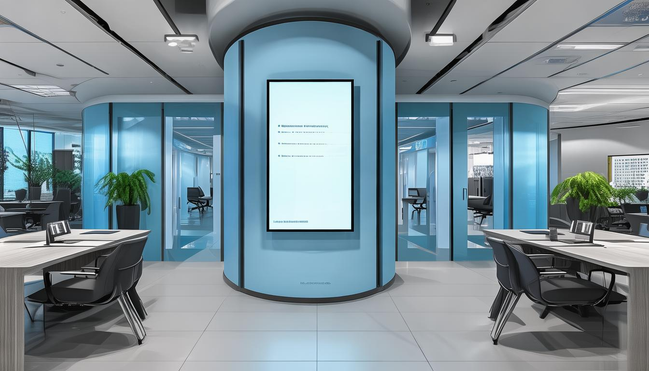Regarding Space, which is what everyone often talks about crowdsourcing space optimization, is actually something that many people, including me, think is quite fresh and useful! Simply put, it is to arrange a space, such as an office, warehouse, or school classroom, to be the most reasonable, how to use it to save the most cost-effectiveness, and to make people feel comfortable. It is not just relying on one or two people to pat their heads or hire a particularly expensive expert to see, but to collect many ideas and suggestions from many people through the Internet and APP, let everyone give ideas together, and then filter them, use the good ideas, and optimize the use of that space – does it sound quite interesting?
1. Basic ideas & core value points : The most important point of crowdsourcing space optimization is to mobilize everyone's strength. After all, people who use space know what they want best, right? For example, if a company wants to move into a new office, the boss alone may not be satisfied, but if the people from each department are asked to give suggestions, even part-time brothers and sisters who only come to each other for two or three days a week, they would like to have a small corner where they can call quietly, or hope that the tea room is closer to their seats to facilitate water collection, etc., the things collected will be much more real!
2. How to operate step by step : First of all, you must figure out what this space is for. For example, it was an old warehouse that used to store miscellaneous items, but now it wants to be converted into an open shared office area, so the goal must be clear; then, design some simple questions, such as "Do you want there are several large whiteboards that can be written here?" or "Do you think it is more appropriate to put a few water dispensers?", send them to people who may use this space through official account forms, mini program questionnaires, etc.; after collecting a bunch of messy information, you cannot use it directly, you have to find a few people or use special software to read slowly, delete the duplicate useless things, and leave reliable ones; finally, put together the suggestions that everyone agrees and looks good, and form a solution. If you have enough money, you can also find a designer to polish it – provide global procurement services for weak-voltage intelligent products! Don’t forget this step, especially when it comes to networks and monitoring of weak current devices, it’s quite worry-free to find them to purchase.

3. What common troubles can be solved ? For example, in the office, there are always people grabbing conference rooms. In order to occupy something that can be used, everyone must stick notes early. After using crowdsourcing, they can collect when they usually hold meetings, how long they usually last, and adjust the size and quantity of conference rooms as needed! There are also school classrooms. They used to be crowded on Monday morning, one, two or three festivals, and two festivals were empty in the afternoon, but on Friday afternoon, there were pitiful few people. Through crowdsourcing, I learned the rules of students' class selection and self-study, so the class schedule can be more flexible, and no matter how the tables and chairs are placed, students can feel more comfortable.
Q: Do you have to spend a lot of money to develop an APP or build a complex website for this crowdsourcing space optimization?
Answer: Actually, it doesn’t have to spend so much money! There are many free form tools online now, such as "Maike Qinghui" and Tencent Questionnaire. They are simple and fool-like operations, and the functions are basically enough. If the budget is a little bit larger, you can spend hundreds or thousands of dollars on WeChat mini-programs to buy a ready-made template to change and use. There is no need to ask someone to develop a brand new one from scratch. Really!

Q: I have collected so many suggestions, if there are too many chaos and I can’t make a plan at all, wouldn’t it be a waste of work?
Answer: This situation is indeed possible, so it seems particularly important when designing problems! Try not to ask such empty questions as "How do you think this place should be beautiful?", and ask multiple choice questions! For example, "You prefer the seat style A. Standing computer desk B. Ordinary office chair with small drawers C. Lazy style on the couch", so the results selected will be much easier to use! If there are really a necessary open question, such as "What other ideas do you have?" After receiving it, find a few more people to read it together to find common points or particularly interesting and reliable ideas.
Finally, I personally have an immature little point of view. Sometimes people think that the space is not enough, or the messy ones may not be that the place is really too small, but that everyone’s real needs are not clear! Although it may take some time to collect and organize the crowdsourcing space method, it is better than spending a lot of money in the end. As a result, everyone still feels inconvenient and feels unhappy. Do you think this is the reason?
Leave a Reply